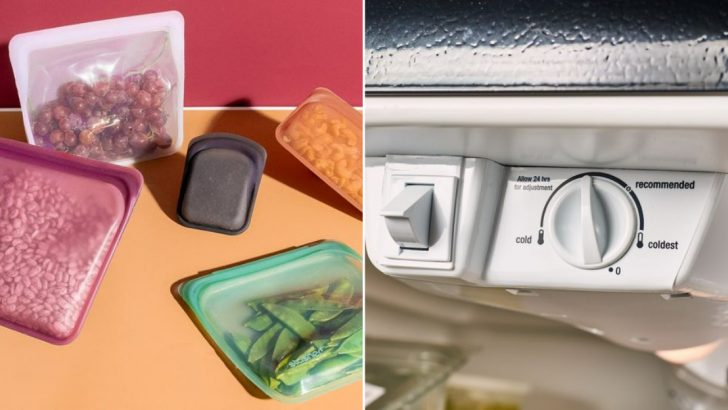Freezing food can be a total game-changer—saving you time, money, and stress on busy days. But just because something can go in the freezer doesn’t mean it should, and even the best intentions can lead to freezer fails.
From soggy veggies to freezer-burned leftovers, small mistakes can ruin flavor, texture, and even safety. Let’s break down the most common frozen food mistakes so you can keep your freezer working for you, not against you.
1. Ignoring Expiry Dates
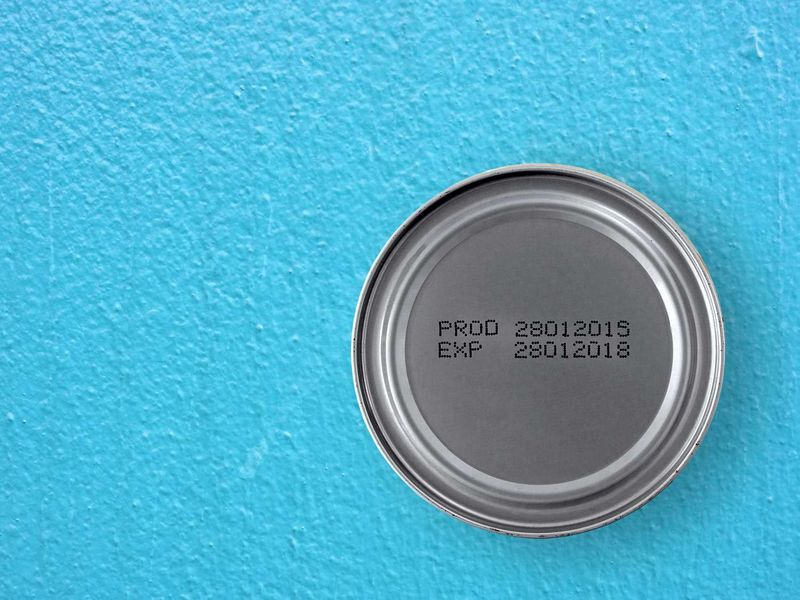
Expiry dates are like a time map for your food. Ignoring them can leave you eating food that’s lost its quality or worse, become unsafe.
Always check these dates before freezing, and use a marker to label the pack if needed. Keep your frozen goodies organized by date, so nothing goes to waste.
Having a clear understanding of when things expire can ensure you always have delicious, safe meals on hand.
2. Freezing Hot Food
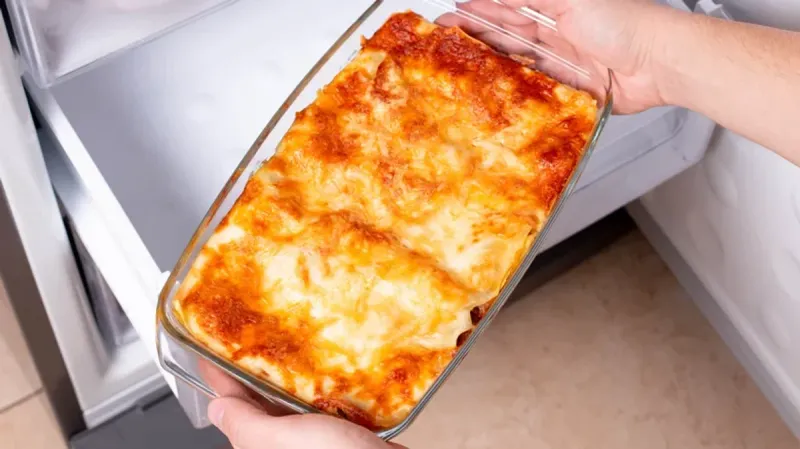
Putting hot food directly into the freezer is like inviting a frost party. It raises the temperature inside, potentially spoiling other items.
Let your meals cool to room temperature first. This not only preserves the quality but also saves your freezer from working overtime.
Cooling down food before freezing helps in locking in flavor and texture for when you’re ready to enjoy it.
3. Overpacking The Freezer
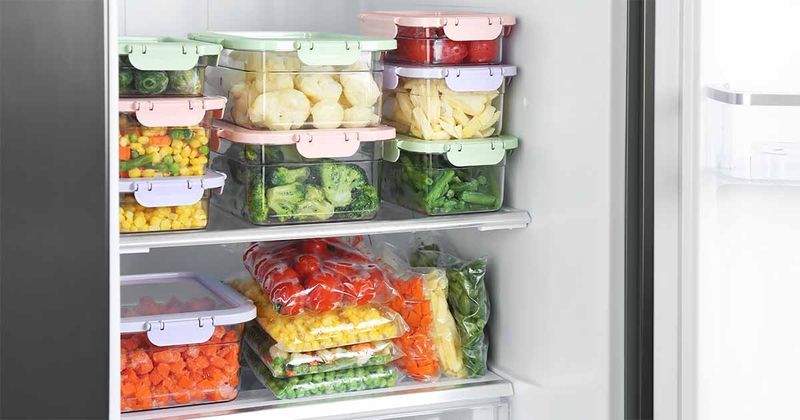
Cramming your freezer full might seem like winning at Tetris, but it blocks airflow and affects performance. Ensure there’s enough space around items to keep them frozen evenly.
Overpacking might lead to unwanted thawing and refreezing, altering the food’s taste and texture. Keep your freezer organized by stacking items neatly and maintaining some breathing room.
This practice ensures each item stays at the right temperature.
4. Skipping The Ice Cube Trick
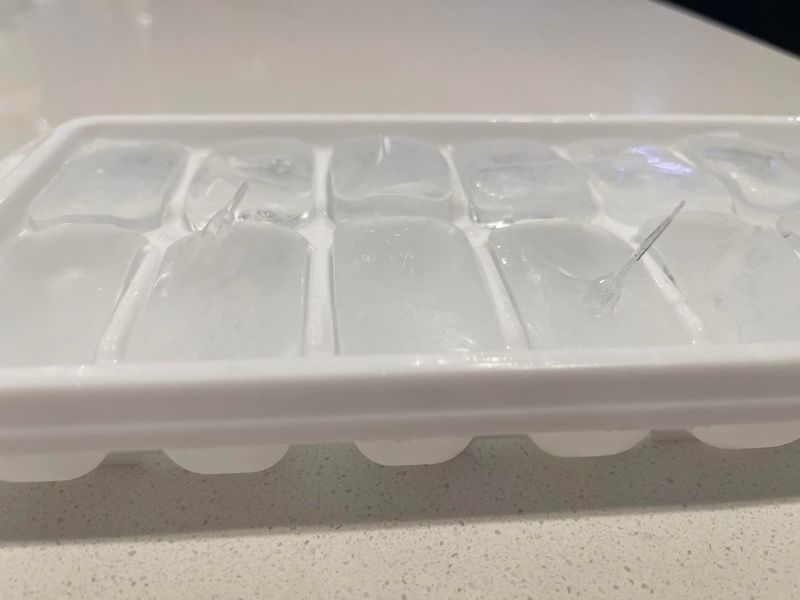
Ever heard of the ice cube trick? Placing a tray of ice cubes in your freezer helps track if your food has thawed unexpectedly.
If the cubes melt and refreeze into a solid block, it’s time to worry. This simple trick acts as a silent guardian of your frozen treasures.
It’s a smart way to catch temperature fluctuations early and save your food from spoilage. Keep your meals safe and sound with this handy hack.
5. Not Using Airtight Containers
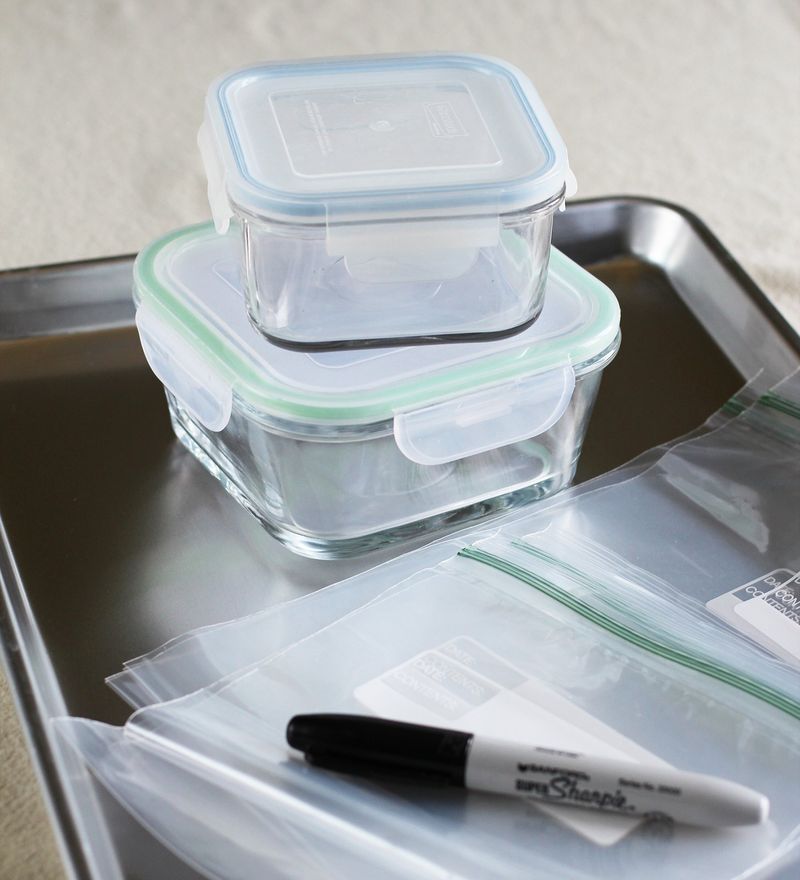
Airtight containers are your best friends in the freezer. Without them, food is prone to freezer burn, losing flavor and texture. Invest in quality containers or freezer bags to keep air out.
Properly sealed meals retain moisture and taste ready to be relished. Not using airtight containers is like inviting air in to steal the good stuff.
Make sure to squeeze out extra air before sealing.
6. Ignoring Freezer Burn
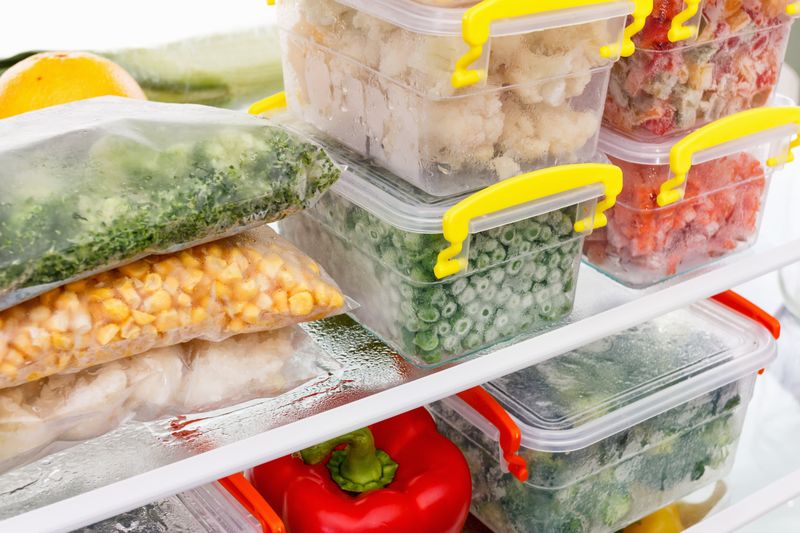
Freezer burn is the enemy of taste and texture. It happens when food is exposed to air, causing dehydration. Don’t ignore those icy patches; they indicate compromised quality.
To avoid it, ensure food is tightly sealed and not stored too long. Regularly check your frozen inventory and rotate items to prevent burns.
Ignoring freezer burn can lead to disappointing meals.
7. Forgetting To Label

Labels are like a freezer’s GPS. Without them, you might end up with mystery meals.
Always write down the contents and date of freezing on every package. It helps you use older items first and prevents surprises during dinnertime.
Knowing what’s inside without opening each pack means less temperature fluctuation, preserving food quality.
8. Freezing Everything Together
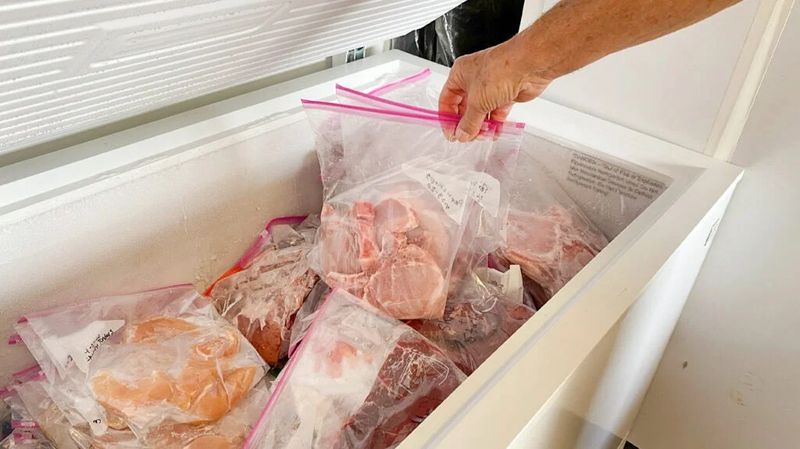
Mixing different foods in one bag might seem efficient, but it’s a flavor disaster waiting to happen. Each type of food has its own freezing and thawing needs.
Separating them prevents unwanted flavors from mingling and ensures proper thawing. Keep meats, veggies, and sweets in distinct bags for best results.
This practice also helps in portion control and reduces waste.
9. Not Blanching Vegetables First

Blanching vegetables before freezing might seem like extra work, but it locks in color, flavor, and nutrients. Skipping this step can lead to dull, tasteless veggies when thawed.
A quick boil and cool can make all the difference. This process slows down enzyme activity that can spoil color and taste.
Invest a few minutes in blanching for vibrant, tasty veggies that your family will love.
10. Not Venting Food Before Freezing
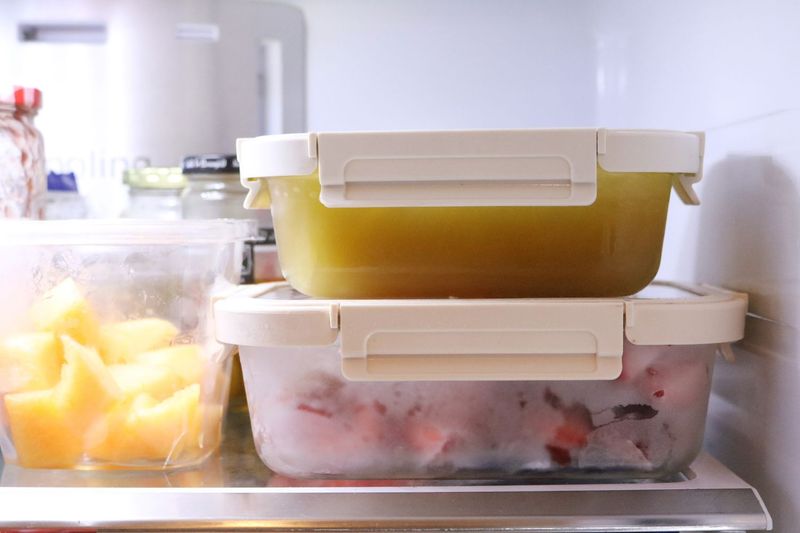
Trapping steam by not venting your food before freezing can lead to soggy meals. Allow cooked dishes to cool and let the steam escape before sealing and freezing.
This helps maintain texture and prevents water crystals from forming. Proper venting ensures your meals taste freshly cooked once reheated.
Taking a moment to let steam escape can enhance the quality of your frozen creations.
11. Freezing In Large Portions
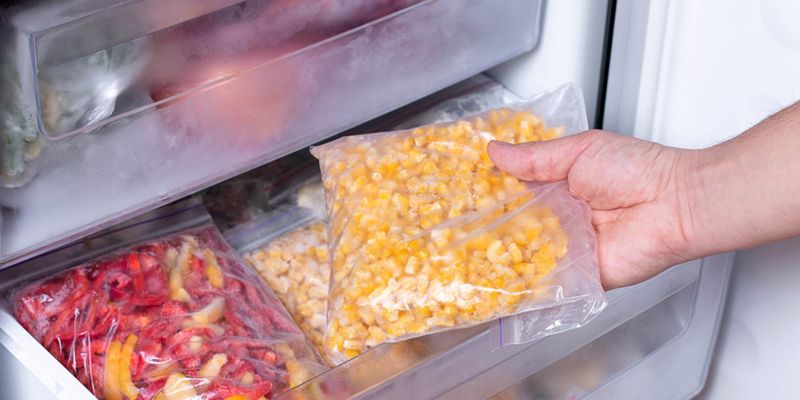
Freezing in large portions can be inconvenient. When you need just a small amount, thawing a big chunk is wasteful and time-consuming.
Instead, divide food into meal-sized portions before freezing. This makes defrosting quick and easy, reducing waste and preserving quality.
Small portions also thaw more evenly, maintaining taste and texture. Consider your family’s eating habits and portion accordingly.
12. Not Checking Freezer Temperature
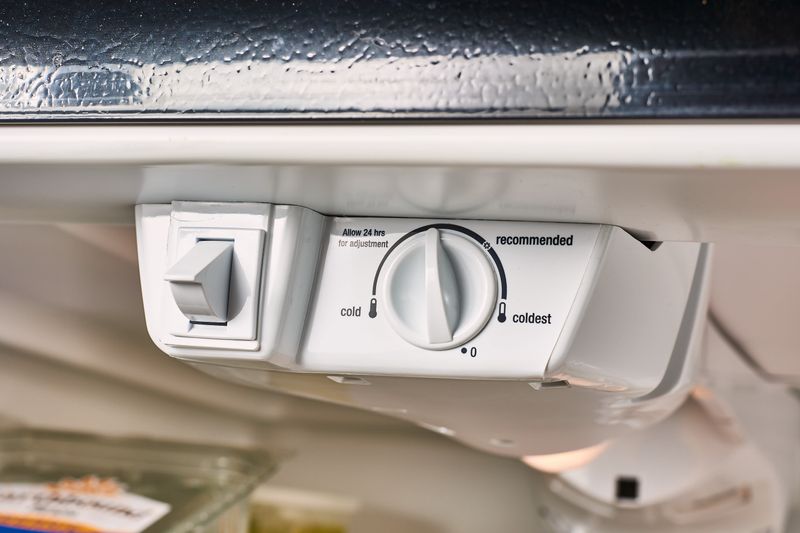
Keeping your freezer at the right temperature is crucial for food safety. If it’s too warm, food may thaw and refreeze, affecting quality and safety.
Regularly check that your freezer is at or below 0°F. Invest in a freezer thermometer if needed.
Consistent temperatures keep your frozen items in their best condition.
13. Using the Wrong Containers
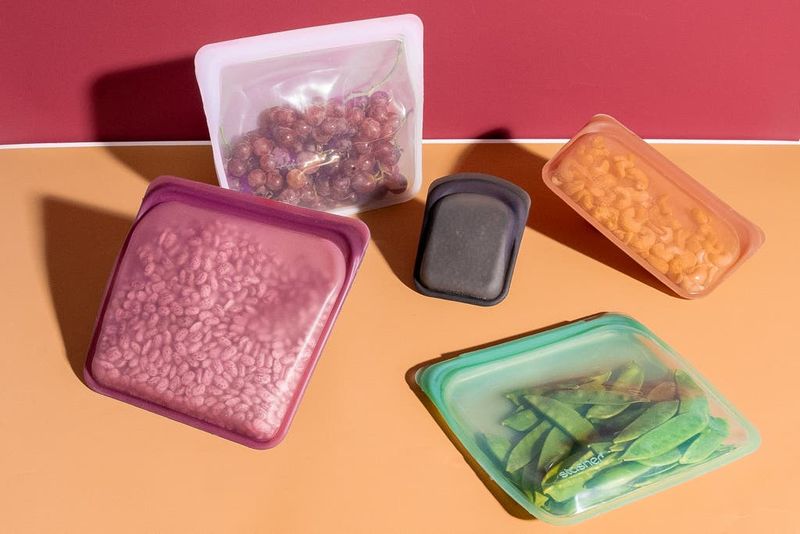
Not all containers are made for freezing. Using the wrong ones can lead to breakage, freezer burn, or even food spoilage.
Choose containers that are specifically designed for freezing to ensure they can withstand the cold and keep air out. Proper containers maintain food quality and protect its flavor.
Investing in the right storage pays off with better-tasting meals and less waste. Don’t let subpar containers compromise your food.
14. Not Rotating Food
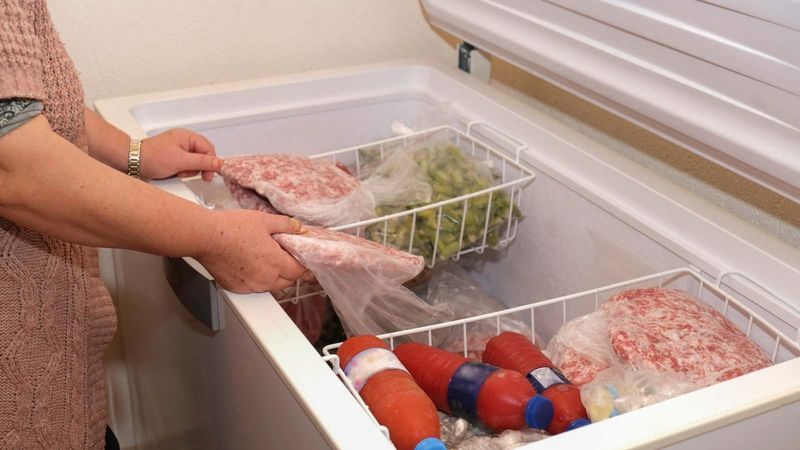
Rotating food in your freezer is like a game of strategy. Placing newer items behind older ones ensures you use up what’s been stored the longest.
This practice prevents waste and keeps your meals tasting fresh. Forgetting to rotate might lead to forgotten, expired items turning into freezer fossils.
Regularly check and rearrange so nothing gets left behind. It’s a simple task that ensures everything is used in its prime.
15. Not Allowing Enough Freezing Time
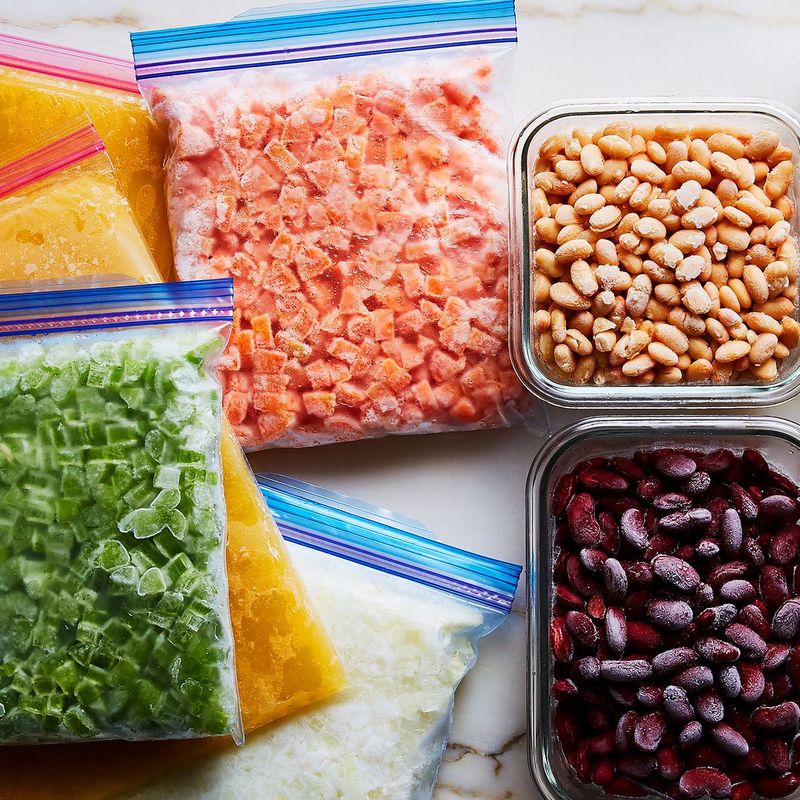
Impatience can lead to half-frozen meals. Rushing the freezing process might mean your food doesn’t reach the right temperature, affecting safety and quality.
Allow enough time for items to freeze completely before stacking or using them.
Properly frozen meals not only taste better but also last longer. Give your food the chill time it needs to shine.

